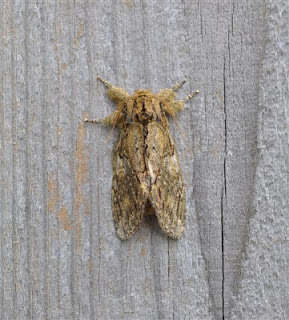I thought I would simply copy the press release that the GWCT put out today in response to this pretty damning report, as it really is time now that we all stop talking about what we are going to do, and actually get on with it. In most cases we do actually know what needs to be done to reverse these widespread wildlife declines, so the time for action is NOW! This is the statement:
"We need to work together for wildlife recovery right now," says Teresa Dent, Chief Executive of the Game & Wildlife Conservation Trust (GWCT) in response to the launch of the alarming State of Nature report by a coalition of wildlife organisations today, Wednesday 22nd May.
"Bringing back our wildlife from decline demands a relentlessly positive sense of purpose from everyone involved", she urges.
"The State of Nature Report is a serious wake up call. We welcome it and we salute the wildlife organisations for revealing such dramatic declines.
"But we must seize the moment and recruit as many people as possible to play their part in turning 'feel bad' decline into 'feel good' recovery. Nothing else will succeed," Teresa Dent continues.
The GWCT has achieved over 80 years of outstanding research and understanding of the ecology of many crucial habitats including arable farmland, lowland woodlands, chalk rivers and our internationally important moorlands. We have a proven record of world class work into precious species such as the black grouse, water vole, grey partridge, woodcock, trout, salmon, lapwing and golden plover. During all this time we have worked with people who manage land and wildlife and have inspired their confidence.
"The continued decline of wildlife is frustrating and depressing for everyone involved. We simply have to harness the huge potential of farmers, game managers and foresters, along with the concerned public. If only we can unite all the good will for wildlife, we can take on this task and deliver," Teresa Dent explains.
"As an immediate contribution, we offer ten principles to achieve highly effective wildlife recovery. Stick to these, and our chances of success will soar. We're ready to play our part for wildlife right now," Teresa Dent concludes.
Ten principles for highly effective wildlife recovery:
- Stick to objectives: only single-minded commitment to saving species will succeed.
-
- Own the problem: get those who actually manage land on side and recruit local leaders on the ground to show initiative.
-
- Maintain good morale: this is a tough task and a positive state of mind will be vital.
-
- Get a Reality Check: farmers and land managers need to know really how bad things have got.
-
- Make it local: people will respond to places they know, wildlife they see.
-
- Be precise: what exactly is needed to achieve a species' recovery? Sort out the 'pinch points'.
-
- Cooperate, cooperate, cooperate: we need an economy of effort and synchronised actions by all.
-
- Enough resources: maximise effective conservation with realistic funding and drawing in additional support.
-
- Support the ordinary: stop everyday wildlife today becoming rare wildlife tomorrow. Value it to keep it.
-
- Be agile and flexible: don't let process dominate purpose: if it works, give it support.








